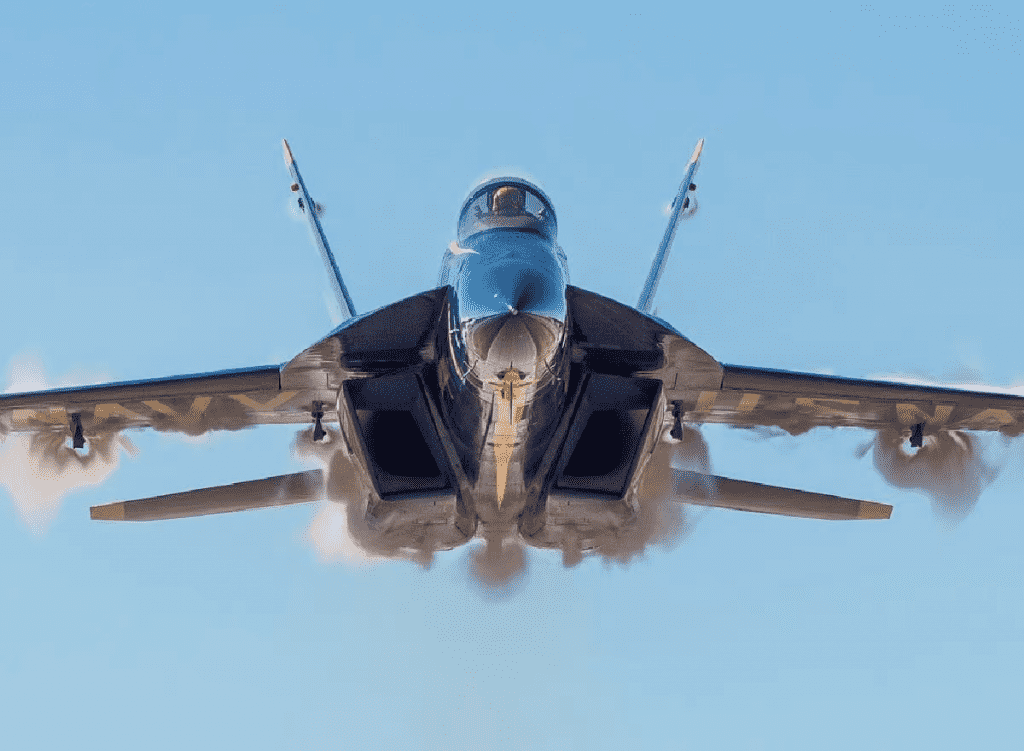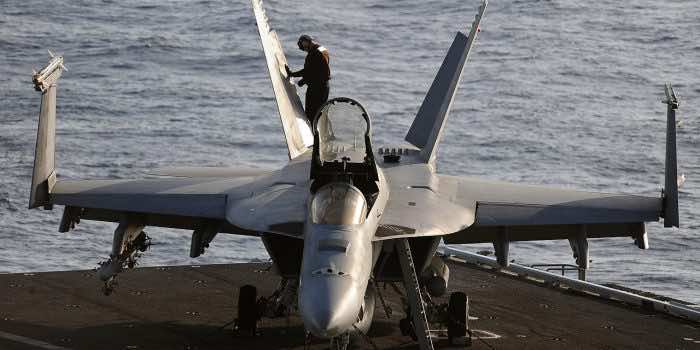In this week’s news, it has been reported by the U.S. Navy that they have successfully tracked down the sunken F-18/A Super Hornet from a depth of around 9,500 feet in the Mediterranean Sea. The aircraft had been swept off the main deck of the supercarrier USS Harry S. Truman while it was cruising over the Mediterranean Sea. The incident happened due to “unexpected heavy weather,” as per the initial reports from the U.S Navy. The aircraft was recovered by the team on August 3, comprising personnel from the “U.S. Naval Forces Europe and Africa, U.S. Six Fleet’s Task Force 68, Naval Sea Systems Command’s Supervisor of Salvage and Diving (SUPSALV), the Truman and Naval Strike Fighter Wing Atlantic, as well as contractors”.

The search operation was being carried out by the “multi-purpose vessel” known as Everest. Through this cable-controlled undersea recovery vehicle 21, or CURV-21, the super hornet was captured by attaching a “specialized recovery” rig, and then, at last, the aircraft was taken on board. As per Lt. Miguel Lewis, who is a U.S. Sixth Fleet salvage officer, “The rapid response of the combined team, including SUPSALV and Phoenix International personnel, allowed us to conduct safe recovery operations within 27 days of the incident.” Our task-tailored team operated safely and efficiently to meet the timeline. The search and recovery took less than 24 hours, a true testament to the team’s dedication and capability. “

However, the incident, which occurred on July 8, caused minor injuries to one of the sailors on board. The sailor, however, is on the road to recovery. The Navy said, “The recovery efforts demonstrate the U.S. Navy’s capabilities to conduct deep-water search and recovery operations worldwide.” Not only this, CURV-21 has been widely used in recovering lost aircrafts into the sea, and one of the most prominent examples can be taken from the retrieval of the MH-60 Seahawk helicopter, which was successfully recovered by CURV-21 from the depths of around 19,075 feet last year.
CURV-21 also encompasses the ability to make them equipped with SONARs and other radar cameras, which help in the recovery operations with efficiency. Moreover, you must remember the incident of a similar kind when the British aircraft, the F-35B Joint Strike Fighter, also tumbled into the Mediterranean Sea last year. The authorities, however, were making vigorous efforts to locate the lost fighter jet over the fears of the Russian government. They know about the Russian Navy’s capabilities, so they were in a hurry to find the aircraft as soon as possible in order to avoid it being exposed to Russia, which could otherwise reveal sensitive details about the aircraft to the Russian government.
However, as far as the Super Hornet is concerned, it has now made its return safely to America and preparations are underway to handle it back to the United States.


